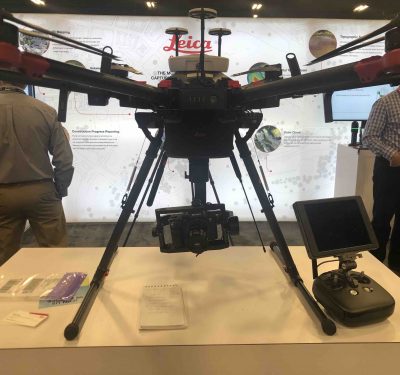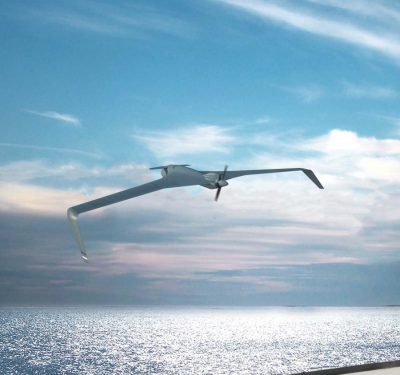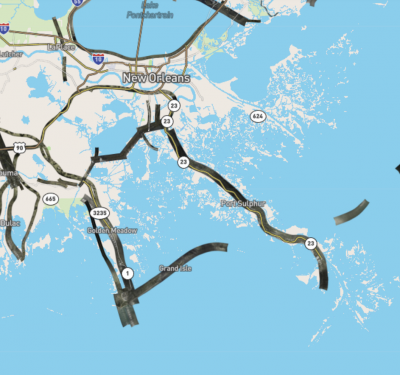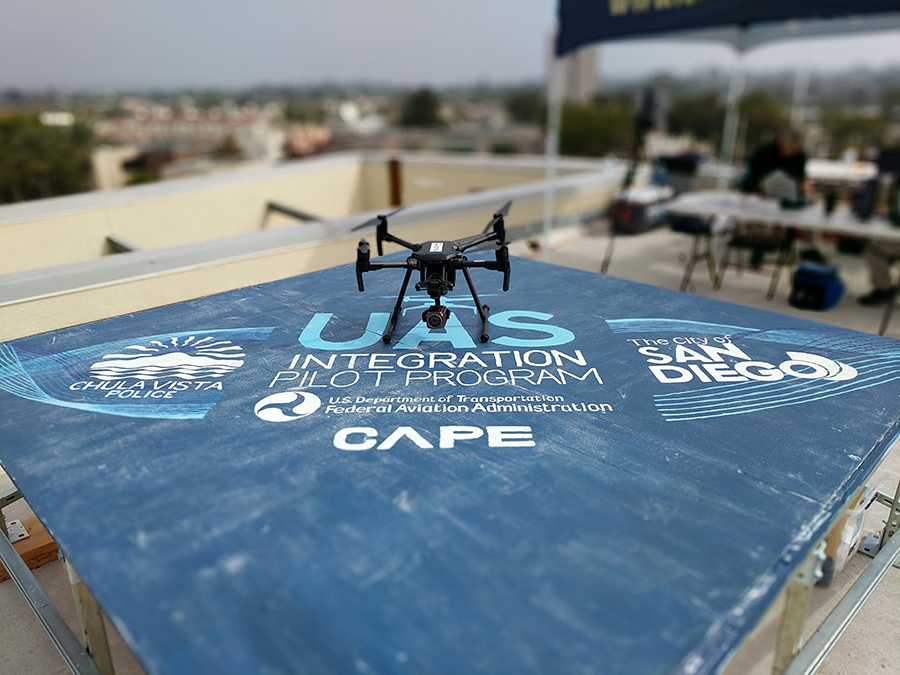
Photos courtesy of Cape.
The police department in Chula Vista, California is now the first public safety organization allowed to regularly fly drones beyond the visual line of sight (BVLOS) of the drone’s pilot after the Federal Aviation Administration (FAA) granted it a waiver for such operations.
The Chula Vista Police Department (CVPD) has been testing and integrating unmanned aircraft into its activities since October 2018, conducting more than 300 flights in the process. That waiver of existing rules limiting the lengths of flights will enable the CVPD to send drones on emergency response calls over a 40-mile area as opposed to its previous 3-mile area.

The CVPD drones are equipped with the Cape Aerial Telepresence platform, which enables teleoperation of the drones and provides collision avoidance to help prevent accidents. With these capabilities the CVPD is able to send drones to emergency incidents in support of responding officers. The unmanned aircraft, which are often able to arrive more quickly, can give officers a birds-eye view of a situation enabling them to enter an area more safely, respond with the right resources and monitor the area for victims and suspects. One of the key issues a drone can help with is determining if an officer is needed to respond to an incident, according to local TV channel CBS8.
The Cape cloud platform also includes a “Smart Return to Home” function and geofencing, a GPS-based technology that keeps the unmanned aerial vehicle or UAV out of controlled airspace. Over the last five months the team has flown for more than 80 hours — all without incident or accident — and has contributed to more than 40 arrests.
Related Reading: Emergency Drone Response Aids in 20 Arrests
The waiver is the culmination of work by CVPD, Cape and Skyfire Consulting under the Integration Pilot Program launched by the FAA last year. All three organizations are members of the San Diego team, one of 10 such groups working from Alaska to Florida to prototype and field test drone-based applications. Each team has members from the private sector, academia and the state, local and/or tribal governments. The team members get expanded opportunities for real-world test experience — enabled by hands-on help from the FAA — so they can develop operations and best practices safe enough to merit hard-to-get waivers. The FAA gets data from the tests to help it write new risk-based regulations to safely expand the use of drones and local governing bodies get to help set the rules for how drones will operate in their communities — as well as a leg up as centers for innovation in what is likely to be a massive new industry.
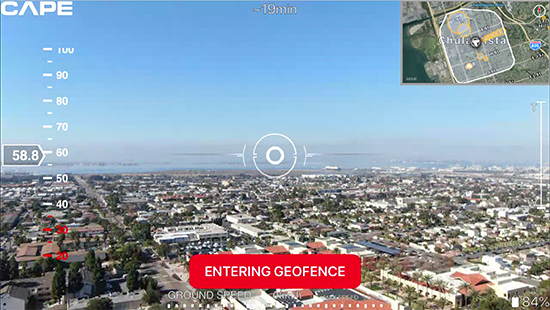
The BVLOS waiver — and the work that went into getting it approved — can lay the groundwork for other public safety agencies and industries to develop similar programs and safety practices, said Cape in a statement. Securing a BVLOS waiver vastly increases the total area that drones can cover, maximizing the impact of drone programs. The capabilities and critical safeguards enabled by Cape’s platform were “highly-influential” in securing the FAA’s approval, Cape said.
“Our team has worked diligently with the FAA to gain approval for this BVLOS provision which is a huge regulatory win and lays future groundwork for the safe expansion of commercial drone integration across industries in the U.S.,” said Chris Rittler, CEO of Cape.



